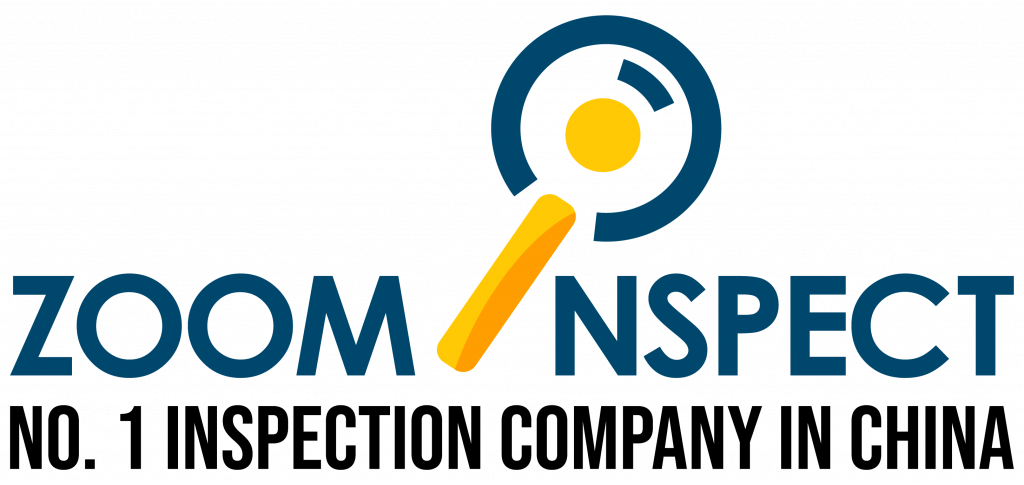When it comes to international trade, shipping containers play a crucial role in transporting goods across the globe. These containers are responsible for keeping products safe and secure during their journey, but they are not immune to defects and damages. Container inspection is necessary to ensure that these defects are identified and addressed before shipping.
Theoretically, the notion ‘ eliminate unanticipated cargo damage and product loss by employing a container inspection procedure to assess the overall condition of your containers, both at home and abroad ’ is reasonable. In practicality, managing numerous situations at once and making sure all flaws are discovered is challenging.
Thus, an agenda and a method for container inspection that all parties may use are essential for this reason. In this article, we will discuss some of the common defects found during container inspections.
The Value of Container Inspection: Common Shipping Errors and Their Solutions
A damaged shipping container might incur unanticipated expenses. When the shipping containers are neglected, they might sustain various kinds of harm during arduous transits and navigations, resulting in wrecked merchandise and costly replacements.
To guarantee the integrity of the contents, the containers must undergo routine inspections, cleanings, and repairs. Following are some instances of the flaws uncovered during the container inspection process alongside suggestions for addressing them:
HOLES AND PUNCTURES
The Issue: Holes or punctures are one of the most prevalent flaws encountered when inspecting containers. These may occur as a result of corrosion or poor handling during the entire loading and unloading procedure. Containers are often subjected to extreme weather conditions and temperature changes during transit. The integrity of the container may be compromised by holes, which may also expose the contents to pests or water. To prevent leaks or contamination, it is crucial to look for any symptoms of damage.
The Remedy: For evidence of holes, make sure to often look for indications of light leakage in the inner spaces of containers. Examine the containers’ outer surfaces for deterioration, dents, or painting damage. Proactive detection of defects lowers the overall expense of repairs. Additionally, applying a fresh layer of durable paint over the surface might prevent corrosion. Welding tools will be needed for mending any huge holes.
IMPAIRED STRUCTURAL INTEGRITY
The Issue: Structural integrity is an equally crucial aspect of container inspections. The strength and stability of the container must be assessed to ensure that it can withstand the rigors of transportation. Any signs of dents, bulges, or severe corrosion should be thoroughly examined. These defects can weaken the structural integrity of the container and pose a safety risk. At some point, wooden flooring decays and becomes unstable as well. Through repetitive loading and unloading of items, floorboards also disintegrate and ultimately split apart.
Furthermore, doors that do not open or close properly can cause delays in loading and unloading operations, disrupting the supply chain. A broken or damaged door can compromise the security and protection of the cargo inside the container.
The Remedy: Examine the flooring frequently, and fix anything that needs fixing. Sand down floors that have splintered. As a prophylactic step, a sturdy weather-resistant covering might be provided. Restore floorboards that are sagging or damaged. Additionally, it is crucial to ensure that the door hinges, latches, and seals are in good condition.
MOLD AND MILDEW
The Issue: Moisture and humidity encourage the formation of mold and mildew particularly on the floors, which can taint cargo and give off a rancid odor. Moreover, proper ventilation is essential to prevent the growth of mold, mildew, and other contaminants inside the container. Good air circulation helps maintain the quality of perishable goods and prevents odors from developing.
The Remedy: To get rid of moisture and prevent mold formation, routinely wipe the container surfaces using commercial antimicrobial disinfecting agents. A thorough inspection of the ventilation system, including vents and air filters, is necessary to identify any defects that may hinder proper airflow.
MARKS AND STAINS
The Issue: Grease and grime from numerous other items including the equipment that was previously transferred within the container, can readily stain textiles and apparel.
The Remedy: Containers that were previously used to convey greasy or viscous items shouldn’t be reused. To eliminate the stains, use vigorous cleaning supplies.
UNPLEASANT ODORS
The Issue: Before freight has been loaded, odors in the shipping container could be transferred to the goods. The smell may be the result of items that were previously carried in the container or the use of pungent chemical cleaning treatments.
The Remedy: Consider using odorless, environmentally friendly cleaning supplies. After using cleaning solutions, rinse the container thoroughly with water. Following a thorough cleaning, let the container air dry completely before using.
DAMAGED SEALS
The Issue: Container seals are vital for the security and integrity of the cargo. Damaged or broken seals can be an invitation for theft, tampering, or unauthorized access to the goods.
The Remedy: It is crucial to inspect the seals thoroughly to ensure they are intact and functioning correctly. If not addressed, these can cause damage to the goods and result in financial losses for the parties involved. Inspecting the container for any signs of seal damage is paramount to avoid such situations.
Ending Note:
In conclusion, container inspection is a crucial step in ensuring the safety and security of goods during transit. Common defects such as holes, faulty door mechanisms, leaks, structural issues, inadequate ventilation, and damaged seals must be identified and addressed to prevent any disruptions or damage to the cargo. Regular and thorough inspections help maintain the quality and reliability of shipping containers, ensuring a smooth and secure international trade process.
When your goods are sent halfway around the globe in an overseas shipping harbor, many variables may be beyond your control. Every logistic circumstance is different. For a system that is specially crafted to meet your unique inspection needs, choose Zoominspect. Take advantage of our qualified professionals with qualifications in diverse production fields to make sure that your quality standards are never compromised.


